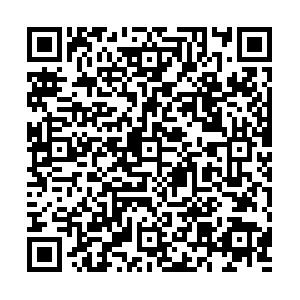摘要:
探讨寄宿制学校学生膳食营养及贫血状况,为制定有针对性的营养干预措施提供参考.方法 采用分层整群抽样法,首先按经济发展水平将我国分为一类、二类、三类地区,3类地区共随机抽取16省,每省抽取1个县的初一年级住校生> 100人的1所学校,每所学校组织至少100名住校生参与调查,共1 929名,进行基本信息、膳食调查与血红蛋白测定.结果 学生每天的能量摄入量为2 151.41 kcal(1 kcal=4.18 kJ),蛋白质摄入量为61.27 g,碳水化物摄入量为303.16 g,脂肪摄入量为78.10 g,铁摄入量为19.79 g,平均贫血率为6.30%.除鱼虾贝类外,不同地区间学生膳食摄人种类差异均有统计学意义(P值均<0.05),各类地区能量、蛋白质、碳水化合物、脂肪与铁摄入量差异均有统计学意义(F值分别为96.18,87.02,232.09,132.13,77.04,P值均<0.05).结论 寄宿制学校学生的膳食结构有待调整,贫血状况有待改善.
关键词:
-
膳食调查 /
-
营养状况 /
-
贫血 /
-
学生
Abstract:
Objective To preliminarily survey the dietary nutrition and anemia condition in rural boarding school students.Methods A total of 1 929 of first grade students of rural boarding junior high school were selected form 16 provinces,Basic information,dietary investigation and determination of hemoglobin were used on these students.Results The overall energy consumption was 2 151.41 kcal,protein intake was 61.27 g,carbohydrate intake was 303.16 g,fat intake was 78.10 g,19.79 g,iron intake was 19.79 g.Detection rate of anemia was 6.30%.There are differences between the dietary intake and dietary categories in the three regions.Conclusion The dietary intake structure and anemia condition in the rural boarding school students needs to be adjusted.

 点击查看大图
点击查看大图





 下载:
下载: